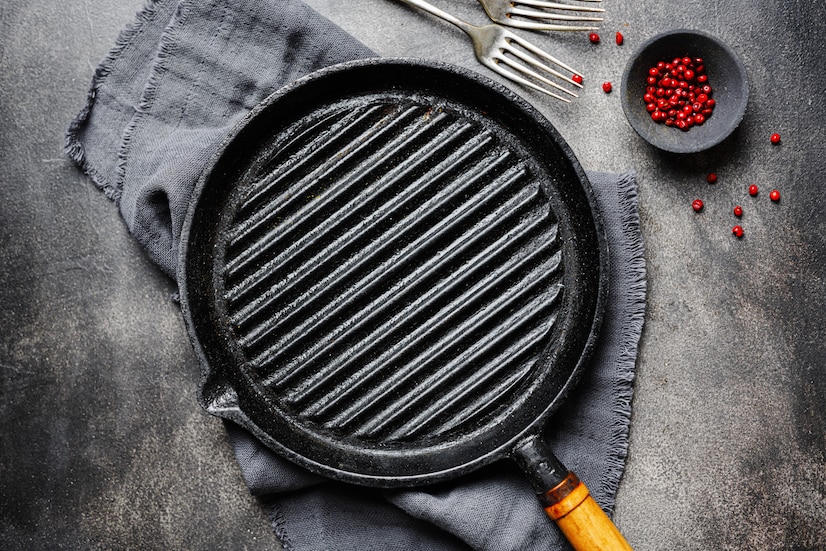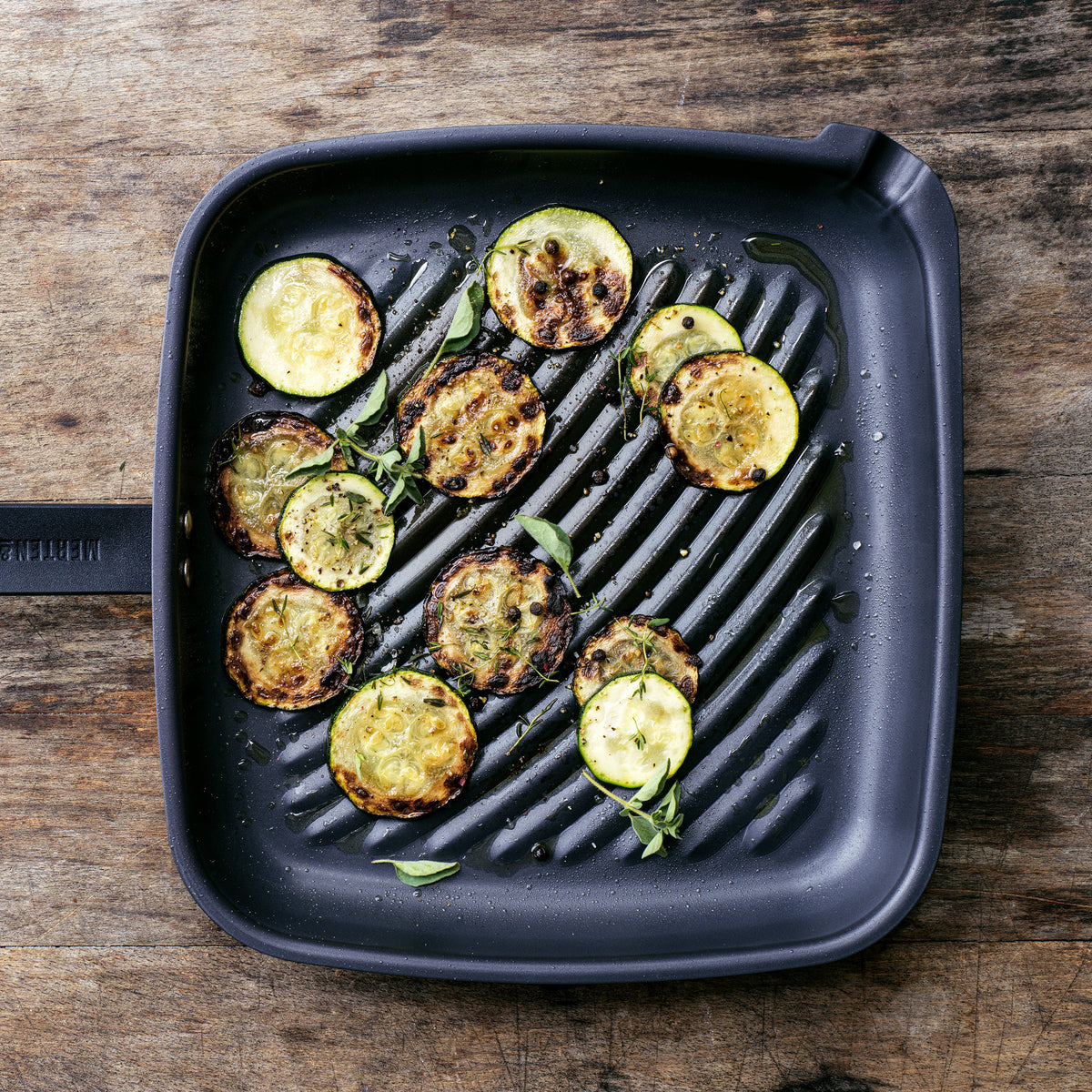There’s nothing quite like a well-seasoned cast iron pan. It’s durable, versatile, and capable of whipping up anything from the perfect steak to a comforting cornbread. However, even the most meticulously cared-for cast iron can show signs of wear and tear over time. If you’re facing a rusty, sticky, or flaky cast iron pan, don’t despair. Restoring a cast iron pan is straightforward and can make it as good as new. Here’s a comprehensive guide on how to restore cast iron pan using tremendous technology and easy techniques.

The Beauty of Cast Iron Pans
Before diving into how to restore cast iron pan, it’s essential to understand why these pans are cherished in kitchens worldwide. Cast iron pans are renowned for their heat retention and even cooking surface. They are perfect for searing, frying, baking, and sauting. With proper care, a cast iron pan can last a lifetime, becoming a treasured kitchen heirloom.

Assessing the Damage
Identifying Issues
Before you begin the restoration process, identify what issues your cast iron pan has. Common problems include rust, a sticky surface, or flaking seasoning. Determining the problem will help you select the appropriate restoration method.
Surface Rust
If you see a light layer of rust on your pan, it’s usually a straightforward fix. Surface rust typically occurs when the pan is exposed to moisture for too long.
Flaking Seasoning
Flaking occurs when the seasoning layer has built up unevenly or food residues have cooked onto the surface. This problem requires a bit more effort to resolve.

Gathering Your Supplies
To restore your cast iron pan, you’ll need a few specific tools and products. Here’s a list of what is required:
- Steel wool or a stiff brush
- Mild dish soap
- Vegetable oil or flaxseed oil
- Aluminum foil
- Oven or stovetop

Step 1: Removing Rust and Residue
The first step in how to restore cast iron pan is to remove any rust or build-up. You can use steel wool or a stiff brush along with some mild dish soap. Scrub the pan thoroughly until all rust and residues are gone. You may need to put in some elbow grease, but the cleaner your pan, the better your seasoning will adhere.
For more detailed cleaning steps, check out this useful resource on how to clean your cast iron pan from Made in Cookware.
Step 2: Drying Your Pan Thoroughly
Cast iron needs to be dry to prevent rust. After cleaning, use a clean towel to dry your pan completely. To ensure its bone-dry, you can place it in a warm oven for a few minutes. This step is crucial in the restoration process.
Step 3: Applying Oil
Selecting the Right Oil
You can use oils like vegetable oil, canola oil, or flaxseed oil for seasoning. Each has properties that make it suitable for seasoning cast iron. Flaxseed oil is particularly popular due to its ability to create a hard, non-stick layer.
Coating the Pan
Apply a thin layer of oil to the entire surface of your pan, including the handle and exterior. Use a cloth or paper towel to spread the oil evenly. Remember, less is more when it comes to oiling your pan. A thick layer can become sticky rather than forming a smooth, hard layer.
Step 4: Baking the Pan
Place your oiled pan upside down in a preheated oven at 375 degrees Fahrenheit. Place a sheet of aluminum foil on the lower rack to catch any drips. Bake the pan for about an hour and then turn off the oven, allowing the pan to cool inside. This process enables the oil to polymerize, forming a strong, non-stick coating.
Check out Reseasoning Cast Iron for more insights into this step.
Step 5: Repeating the Seasoning Process
For the best results, repeat the seasoning process several times. Each layer you add will darken the pan and make it more resistant to sticking. Aim for at least three layers to establish a strong seasoning foundation.
Other Restoration Techniques
Electrolysis Bath
For pans with severe rust, an electrolysis bath can be effective. This method involves submerging the pan in a solution that removes rust through an electrical current. It’s a more advanced technique but can save a heavily rusted pan.
Use of Oven Cleaner
Another method involves applying a thick layer of oven cleaner to the pan and then sealing it in a plastic bag for a few days. This process breaks down the old seasoning and rust, allowing for thorough cleaning.
Maintaining Your Restored Cast Iron Pan
Regular Cleaning
After cooking, clean your cast iron pan with hot water and a brush. Avoid using soap regularly, as it can strip the seasoning. A simple rinse and scrub are usually sufficient.
Proper Storage
Store your cast iron in a dry place to avoid moisture build-up, which can lead to rust. If stacking with other pans, consider placing a paper towel between them to absorb any moisture.
The Fifth Step in the Tech-Infused Cast Iron Journey
Remember, the journey of maintaining your cast iron pan doesn’t end with restoration. Keeping your pan in top shape requires ongoing care and attention. With the technology and tips shared, you’re well on your way to enjoying the tremendous benefits of cooking with cast iron.
FAQ
How often should I season my cast iron pan?
Seasoning your cast iron pan after every few uses can help keep its non-stick surface intact.
Can I use soap on my cast iron pan?
While it’s best to avoid soap, occasional use of mild dish soap is acceptable. Just ensure the pan is thoroughly dried afterward.
What should I avoid cooking in my cast iron pan?
Avoid cooking acidic foods like tomatoes and vinegar-based sauces, as they can eat away at the seasoning.
Relevant Links
Explore other insightful guides on seasoning and cooking with cast iron:
As an Amazon Associate, I earn from qualifying purchases.

